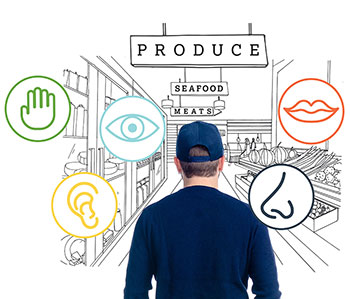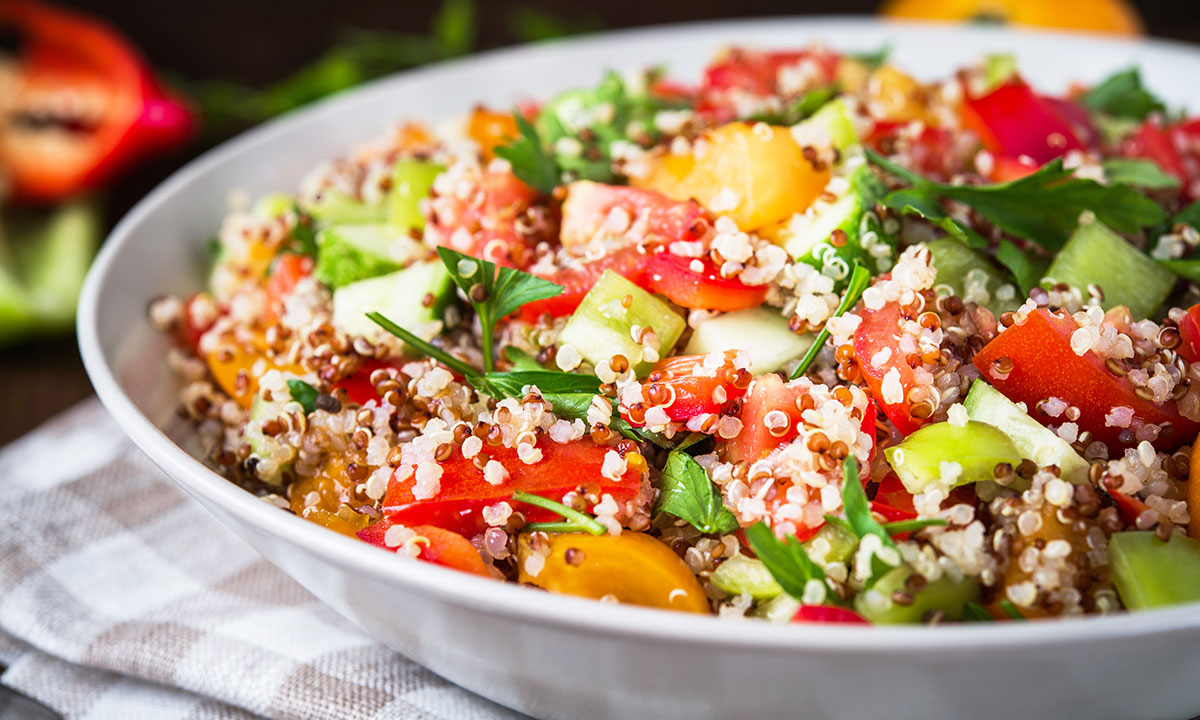By: Leslie G. Sarasin, President & CEO, FMI

In FMI's exploration of the ever-expanding consumer shopper equation, food shoppers are reshaping their concepts of cost, taste and convenience to include an increased desire for an experience while making their food selections.
We call it by a thousand different names: an adventure, a voyage, an exploration, a quest, a happening, a discovery, an occurrence, a serendipity, an incident, an accident, an encounter or something we live through.
But all these different word paths spring from a common point of origin which is the human desire for an experience. We all crave those moments when we engage in an action or have something happen to us that really connects us to our surroundings, ignites our feelings, moves us at deeper levels and well, just helps us feel more alive. It is our fundamental ability to have experiences that enables us to be participants in life and not just bystanders.
We live for our experiences. Life is nothing but experience after experience after experience. So much so that Romantic poet John Keats once observed, "Nothing ever becomes real till it is experienced." His thought ties our craving for experiences to our fundamental concept of reality.
At its core, your job is not to sell fruits and vegetables or fresh meat; the nucleus of your profession is to provide your customers with an experience. Your challenge – if you want to move product – is to discover ways to engage your shoppers mentally, emotionally and viscerally, meaningfully connecting them to the food they are selecting. Like all of us, your customers crave an experience that touches their mind, body and soul - helping them participate in a greater reality. And they want that even while strolling the aisles of the supermarket.
I'm aware this isn't an easy task because each customer comes with a different set of experience cravings. Some come for the thrill of finding a bargain; some for the joy of smelling fresh peaches in season. Some seek avocadoes that are perfectly ripe for tomorrow night's guacamole. Others are in search of the perfect ribs for barbecuing, and - let's be honest - some mostly desire the experience of getting all this done as quickly and painlessly as possible.
And let's go ahead and name it now, by all counts – revenue generated, space allocated, and money budgeted for strengthening a store's differentiation strategy – fresh is the pinnacle of the supermarket social strata. But let's go one step further and declare that of all the departments in the grocery store, the fresh aisles are the best equipped to provide shoppers with a sight, smell, touch and taste experience.
Based on findings from FMI's Speaks research, let's see what the industry data tells us about the status of fresh departments – starting with the tale of the tape measure:
- Most food retailers (79% vs. 74% a year ago) are planning to increase the space they allocate to foodservice aspects such as fresh-prepared grab-and-go options;
- Some 44% are giving more room to fresh produce; 29% are dedicating more space to Fresh prepared Made-to-order stations;
- And one-quarter (25%) are building out their in-store bakery capacity.
Overall, except for in-store dining, the various aspects of the fresh department are all receiving more elbow room to operate.
"Nothing ever becomes real till it is experienced."
You might be interested to know that within the produce department, 45% of retailers plan to devote additional space to organic produce. Additionally, most food retailers are expanding space for private brands, while about a third are adding space for plant-based foods and meat alternatives.
Shoppers' notions of value have evolved from a simple price-quantity ratio to a more complex matrix of personal values, needs and priorities. Key considerations include quality, relevance, convenience and guess what? Experience. These factors represent new opportunities — and imperatives — for retailers interested in keeping supermarkets as their customers' preferred primary store.
Price AND quality remain the key drivers of fresh sales. Unlike other categories where it is often all about the price, the fresh department can compete on many fronts: Price AND quality, convenience AND experience.
It's my hope that in your experience, the current State of Fresh Foods and its future state has become very real.


 Industry Topics address your specific area of expertise with resources, reports, events and more.
Industry Topics address your specific area of expertise with resources, reports, events and more.
 Our Research covers consumer behavior and retail operation benchmarks so you can make informed business decisions.
Our Research covers consumer behavior and retail operation benchmarks so you can make informed business decisions.
 Events and Education including online and in-person help you advance your food retail career.
Events and Education including online and in-person help you advance your food retail career.
 Food Safety training, resources and guidance that help you create a company food safety culture.
Food Safety training, resources and guidance that help you create a company food safety culture.
 Government Affairs work — federal and state — on the latest food industry policy, regulatory and legislative issues.
Government Affairs work — federal and state — on the latest food industry policy, regulatory and legislative issues.
 Get Involved. From industry awards to newsletters and committees, these resources help you take advantage of your membership.
Get Involved. From industry awards to newsletters and committees, these resources help you take advantage of your membership.
 Best practices, guidance documents, infographics, signage and more for the food industry on the COVID-19 pandemic.
Best practices, guidance documents, infographics, signage and more for the food industry on the COVID-19 pandemic.
